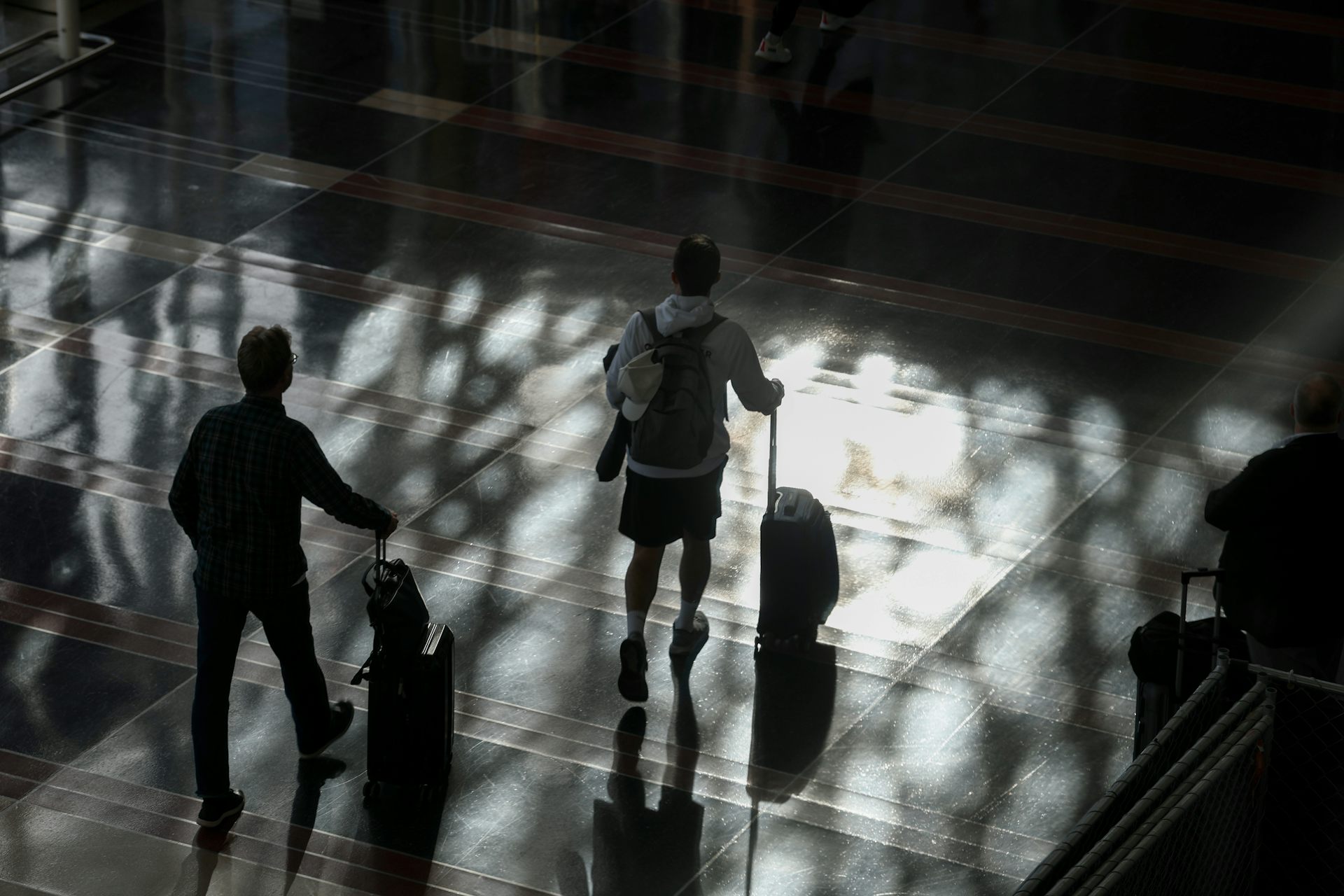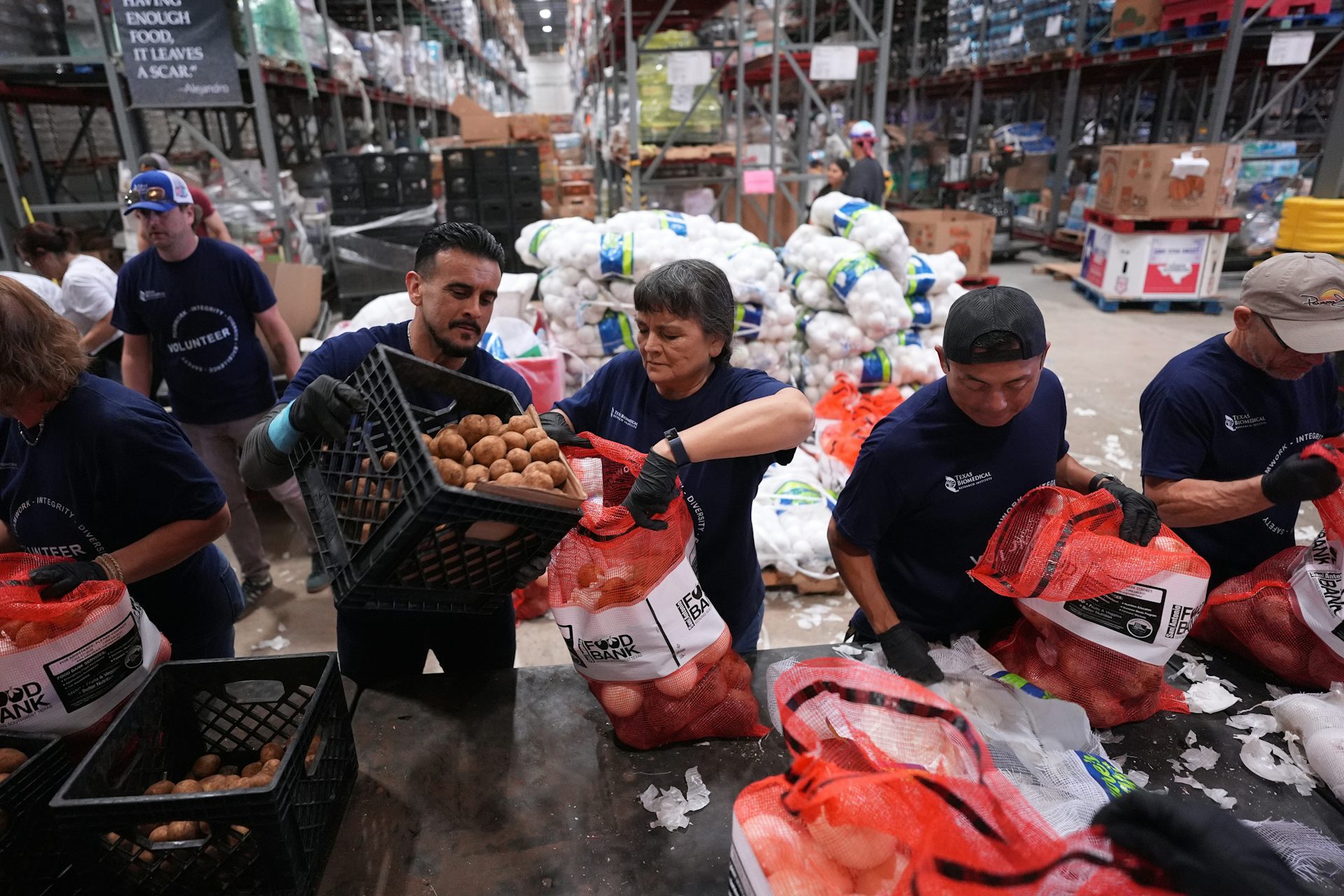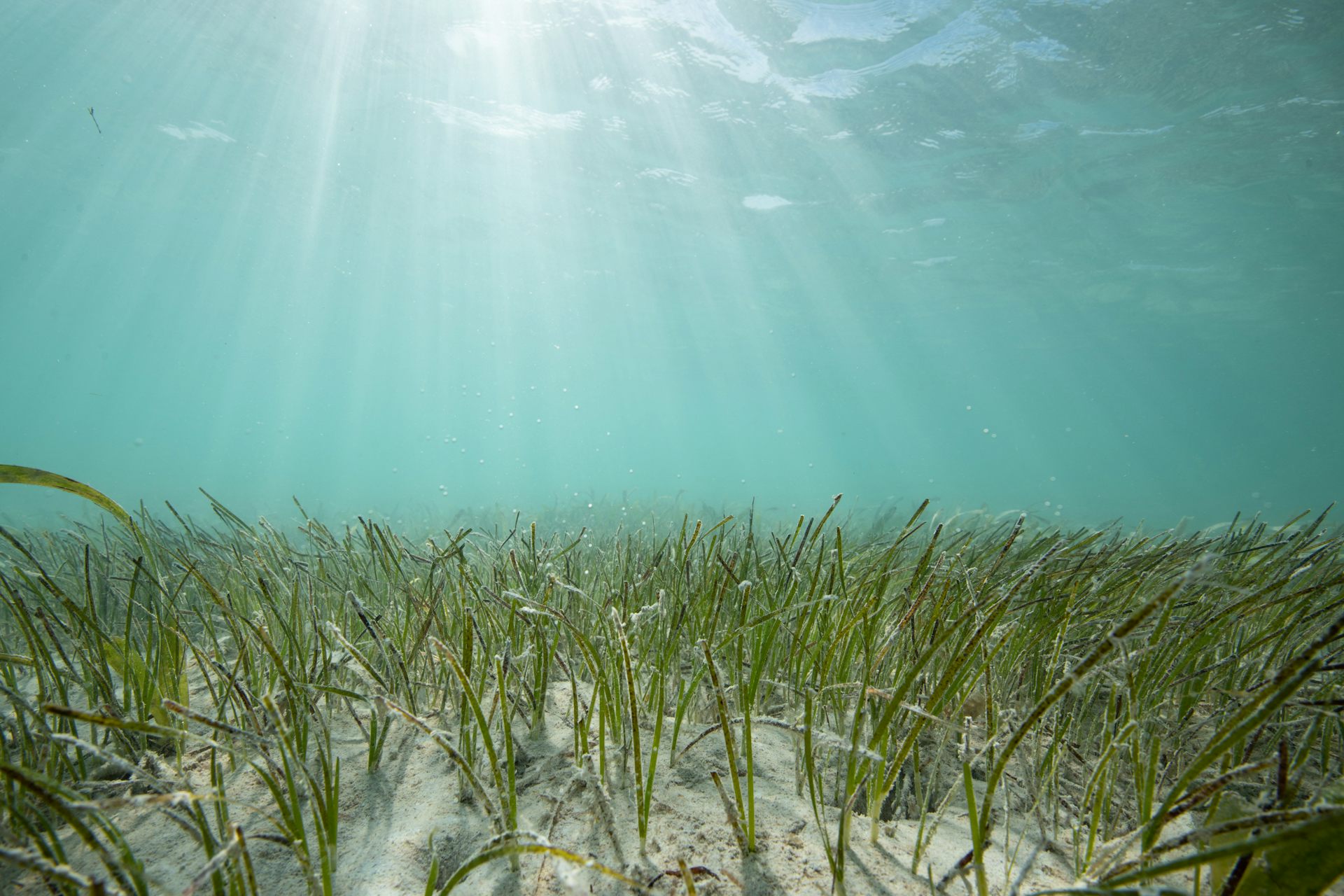How climate change threatens the Winter Olympics' future – even snowmaking has limits for saving the
Innovation made the 2022 Winter Games possible in Beijing, but snowmaking has limits in a warming climate.
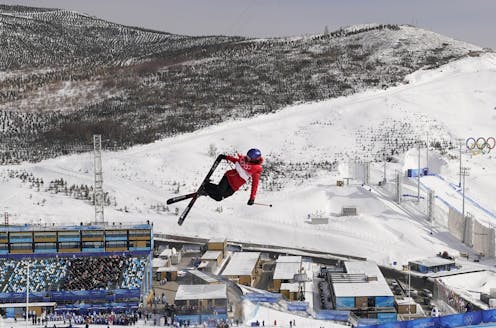
The Winter Olympics is an adrenaline rush as athletes fly down snow-covered ski slopes, luge tracks and over the ice at breakneck speeds and with grace.
When the first Olympic Winter Games were held in Chamonix, France, in 1924, all 16 events took place outdoors. The athletes relied on natural snow for ski runs and freezing temperatures for ice rinks.
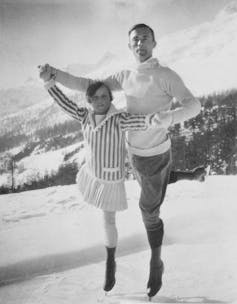
Nearly a century later, in 2022, the world watched skiers race down runs of 100% human-made snow near Beijing. Luge tracks and ski jumps have their own refrigeration, and four of the original events are now held indoors: Figure skaters, speed skaters, curlers and hockey teams all compete in climate-controlled buildings.
Innovation made the 2022 Winter Games possible in Beijing, but snowmaking can go only so far in a warming climate.
As global temperatures rise, what will the Winter Games look like in another century? Will they even be possible?
Former host cities that would be too warm
The average daytime temperature of Winter Games host cities in February has increased steadily since those first events in Chamonix, rising from 33 degrees Fahrenheit (0.4 C) in the 1920s-1950s to 46 F (7.8 C) in the early 21st century.
In a recent study, scientists looked at the venues of 19 past Winter Olympics to see how each might hold up under future climate change.
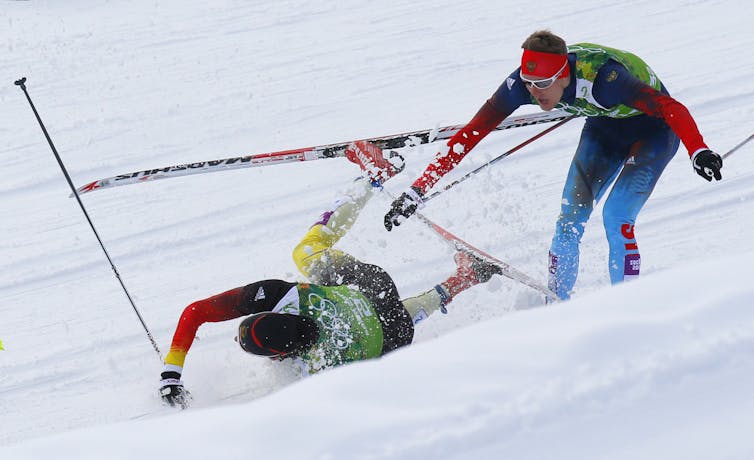
They found that by midcentury, four former host cities – Chamonix; Sochi, Russia; Grenoble, France; and Garmisch-Partenkirchen, Germany – would no longer have a reliable climate for hosting the Games, even under the United Nations’ best-case scenario for climate change, which assumes the world quickly cuts its greenhouse gas emissions. If the world continues burning fossil fuels at high rates, Squaw Valley, California, and Vancouver, British Columbia, would join that list.
By the 2080s, the scientists found, the climates in 11 of 21 former venues would be too unreliable to host the Winter Olympics’ outdoor events; among them were Turin, Italy; Nagano, Japan; and Innsbruck, Austria.
These venues would all be susceptible to problems associated with snowmaking.
Ideal snowmaking conditions today require a dewpoint temperature – the combination of coldness and humidity – of around 28 F (-2 C) or less. More moisture in the air melts snow and ice at colder temperatures, which affects snow on ski slopes and ice on bobsled, skeleton and luge tracks.
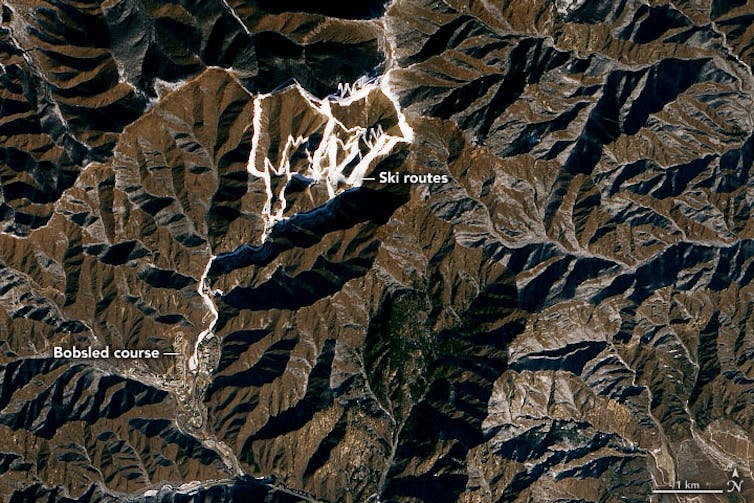
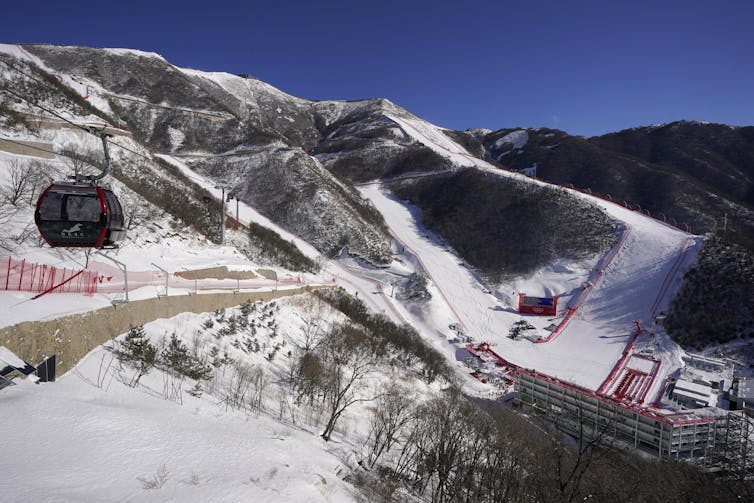
As Colorado snow and sustainability scientists and avid skiers, we’ve been watching the developments and studying the climate impact on the mountains and winter sports we love.
Conditions vary by location and year to year
The Earth’s climate will be warmer overall in the coming decades. Warmer air can mean more precipitation in some areas. It can also mean more winter rain, particularly at lower elevations. Over the globe, snow has been covering less area.
However, local changes vary. For example, in northern Colorado, the amount of snow has decreased since the 1970s, but the decline has mostly been at higher elevations.
A future climate may also be more humid, which affects snowmaking and could affect bobsled, luge and skeleton tracks.
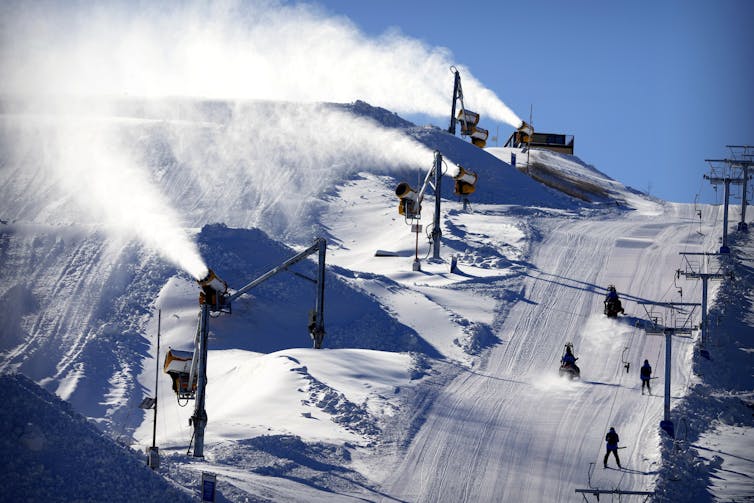
Of the 15 Winter Games sports today, seven are affected by temperature and snow: alpine skiing, biathlon, cross-country skiing, freestyle skiing, Nordic combined, ski jumping and snowboarding. And three are affected by temperature and humidity: bobsled, luge and skeleton.
Technology also changes
Developments in technology have helped the Winter Games adapt to some changes over the past century.
Hockey moved indoors, followed by skating. Luge and bobsled tracks were refrigerated in the 1960s. The Lake Placid Winter Games in 1980 used snowmaking to augment natural snow on the ski slopes.
Today, initiatives are exploring ways to make skiing possible year-round with indoor skiing facilities. Ski Dubai, open since 2005, has five ski runs on a hill the height of a 25-story building inside a resort attached to a shopping mall.
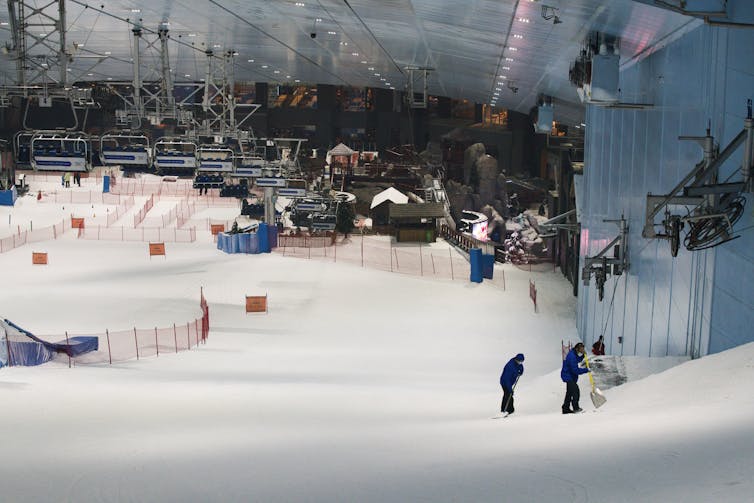
But making snow and keeping it cold requires energy and water – and both become issues in a warming world. Water becomes more scarce in many areas. And energy, if it means more fossil fuel use, further contributes to climate change.
The International Olympic Committee recognizes that the future climate will have a big impact on the Olympics, both winter and summer. It also recognizes the importance of ensuring the adaptations are sustainable.
The Winter Olympics could become limited to more northerly locations, like Calgary, Alberta, or be pushed to higher elevations.
Summer Games are feeling climate pressure, too
The Summer Games also face challenges. Hot temperatures and high humidity can make competing in the summer difficult, but these sports have more flexibility than winter sports.
For example, changing the timing of typical summer events to another season can help alleviate excessive temperatures. The 2022 World Cup, normally a summer event, is scheduled for November so Qatar can host it.
What makes adaptation more difficult for the Winter Games is the necessity of snow or ice for all of the events.
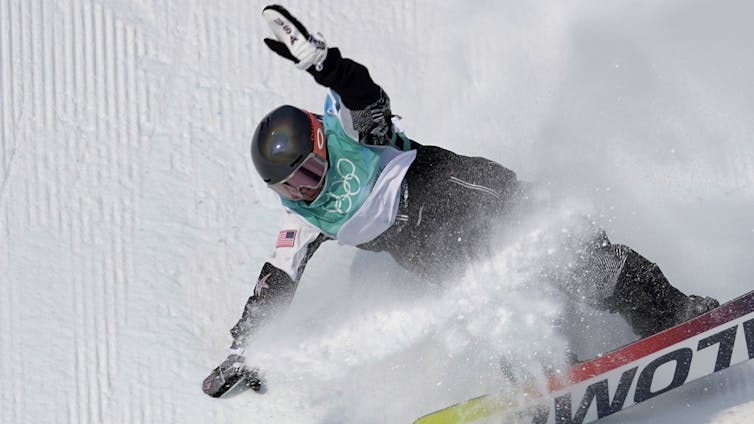
Future depends on responses to climate change
In uncertain times, the Olympics offer a way for the world to come together.
People are thrilled by the athletic feats, like Jean-Claude Killy winning all three Alpine skiing events in 1968, and stories of perseverance, like the 1988 Jamaican bobsled team competing beyond all expectation.
The Winter Games’ outdoor sports may look very different in the future. How different will depend heavily on how countries respond to climate change.
[Understand new developments in science, health and technology, each week. Subscribe to The Conversation’s science newsletter.]
The authors do not work for, consult, own shares in or receive funding from any company or organization that would benefit from this article, and have disclosed no relevant affiliations beyond their academic appointment.
Read These Next
James Watson exemplified the best and worst of science – from monumental discoveries to sexism and c
James Dewey Watson is best known for his Nobel Prize-winning discovery of the structure of DNA. Controversy…
What to know as hundreds of flights are grounded across the US – an air travel expert explains
Get to airports early and go easy on the luggage. Also, expect delays.
National 211 hotline calls for food assistance quadrupled in a matter of days, a magnitude typically
As the government shutdown wore on in October, calls began surging, signaling that Americans are very…



